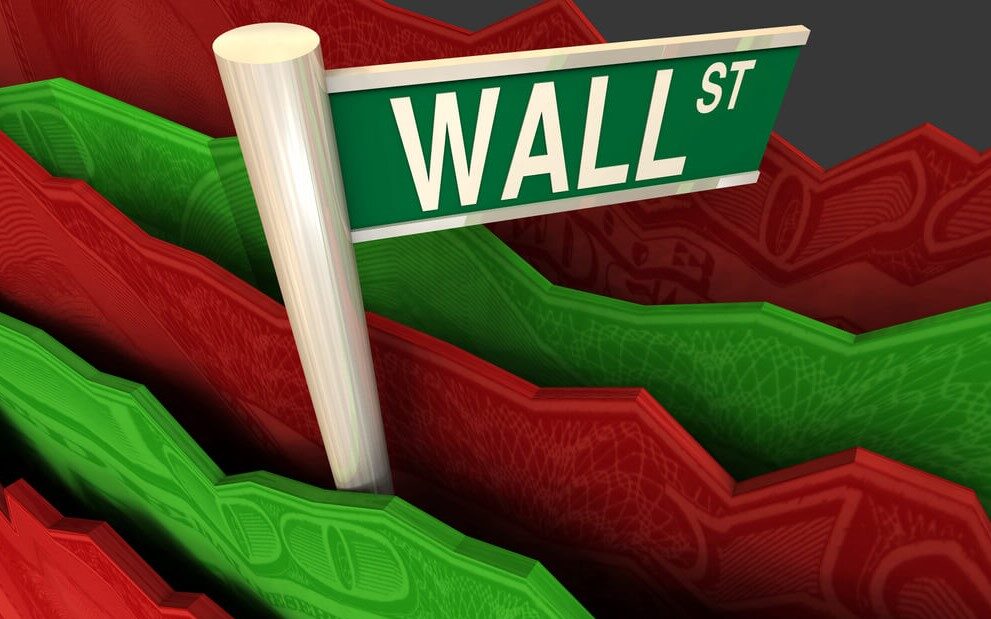A few weeks ago, Adam O’Dell wrote about the importance of independent financial analysis to his Green Zone Fortunes subscribers. (If you’re part of that group, you know what I’m talking about.)
As he noted, independent financial strategies and ideas are exactly what we provide here at Money & Markets.
I want to emphasize this point, especially considering how the 2008 financial crisis could have been avoided with more minds in this camp.
By now, you’re likely familiar with that story … the crisis started in the subprime mortgage market. Those mortgages propped up home prices and fueled a bubble.
However, what you might not realize is that the entire process unraveled because of a lack of independent analysis.
To understand why that happened, we need to first take a closer look at how the mortgage market operates and how it deviated from the norm…
Mortgage Market Goes Rogue
To put it simply, mortgage brokers get paid when they make loans. And if they aren’t held to high standards, some brokers will get loans for anyone.
That’s why we count on underwriters to set independent standards. They set the rules and verify they’re followed.
In the mid-2000s bubble, however, they eased the rules. There was a class of loan available to applicants with “no income, no job and no assets,” aka NINJAS.
In normal times, no one would lend money to NINJAs for 30 years. But these weren’t normal times.
Underwriters decided that property values can only go up. This allowed them to consider the potential returns on the property rather than the borrower’s ability to repay the loan.
So what caused this shift?
Well, the underwriters wanted to get paid. If they didn’t approve the loans, someone else would. In that position, many underwriters sacrificed their independent guidelines in pursuit of large paydays.
Loans also need funding, and the funders (large banks and institutions) could have stopped the insanity. But they wanted high returns that subprime loans offered. That kept the money flowing for a time.
Still, funding sources would have eventually dried up.
Of course, before the funders ran out of money, Wall Street came to the rescue.
How Derivatives Led to Economic Failure
Mortgages have been packaged and resold for decades. This allows large institutions to invest in the market.
Large funds don’t want to hold thousands of individual mortgages. So Wall Street derivatives sales reps would track down thousands of mortgages for them. They would assemble them into a single instrument with similar characteristics, aka mortgage bonds.
Loan servicing companies collect payments and send the profits to the bondholders. This system worked well, and it still does.
But derivatives sales reps also wanted a payday. They realized they could “slice and dice” the bonds into multiple securities with fees attached to each.
As an example, think of a bank that issued 100 loans in a small town all maturing in 30 years. There are dozens of banks like that. A traditional mortgage bond collects these loans into one bond.
Over time, some of the mortgages will be paid off early, some will default and some will provide bondholders with steady income over 30 years.
Derivatives teams saw this as an opportunity to create new products. They might slice the bond into 30 pieces. The interest due in each year would be a separate bond. Income in the first year was likely to be high. Interest in year 30 would be significantly lower. Each slice could be priced and resold.
But no one could quickly assess the risk of each slice. So independent bond rating agencies took on the task.
Raters decided the bonds would be AAA-rated if they were geographically diversified. They reasoned that defaults might occur in one town when a factory closes. But if there were hundreds of towns represented in each slice, the risks were spread out enough.
Even though the ratings agencies said they were independent, their analysis wasn’t. No one wanted to rock the boat and challenge the model as questions led to lower ratings. Derivatives teams would take bonds elsewhere if they couldn’t get a AAA rating.
It’s not quite that simple, but it’s also not that complex. Independence gave way to groupthink. There weren’t many truly independent analysts looking at the problem.
But independent minds like Michael Burry and John Paulson profited from the crisis they saw coming. They realized the loans were so bad, problems would develop everywhere. These derivatives had transformed real estate from a local problem to a national economic risk.
Burry made $100 million for himself and $700 million for his investors. Paulson made $4 billion and billions more for his investors.
This is worth remembering now as we face another crisis.
Avoid the Dangers of Wall Street Groupthink in a Crisis
Groupthink is setting in again. Many believe the worst of the crisis is over.
Wall Street analysts have an incentive to believe that. If they downgrade banks in trouble, they may lose access to the management teams for those institutions. That means less detail for research reports. It also means potentially being shut out of deals to help prop up the banks.
Those deals can generate millions in fees which creates a strong incentive to say nice things. Unfortunately, that keeps many blind to what’s going on.
Truly independent analysts aren’t trying to generate investment banking business. They aren’t worried about maintaining access to company insiders.
Truly independent analysts like Adam and myself just want to make money — and we want to help you do the same. We do that with honest insights into the financial world.
Our work doesn’t always overlap — but it certainly does right now. I agree with Adam that the banking crisis isn’t over. And we both believe there will be significant opportunities to profit from this.
Adam’s sharing his latest insights into this crisis later today…
He’s been tracking the financial sector for months — since even before Silicon Valley Bank collapsed in March — and he’s flagged 282 U.S. financial stocks as ones to avoid.
On top of that, he’s putting together an “off Wall Street” trade on a small handful of companies that post immense systemic risk. He wants to show you how to follow those independent minds that turn collapse into opportunity.
And if you want to be one of the first to learn about how to follow Adam’s guidance during this crisis, click here to make sure you’re on the list for his 1 p.m. Eastern time presentation later today.
Until next time,

Mike Carr
Senior Technical Analyst





